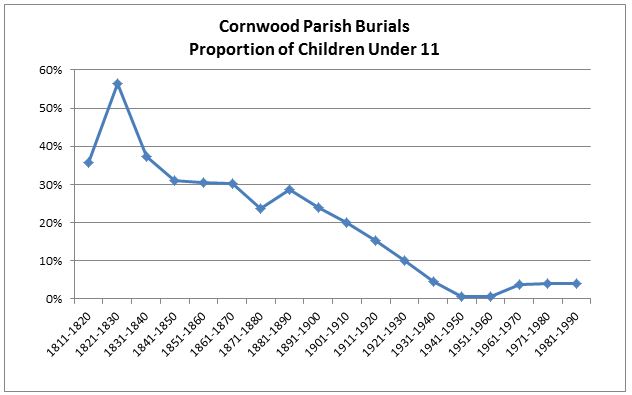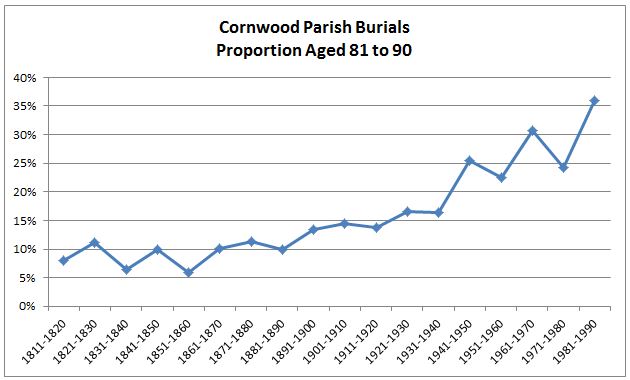Information
on many formal documents of birth, marriage or death is given to authorities by
“informants” many of whom may not always be members of the concerned individual’s
immediate family. The people who are relied on to provide important individual
and family information can and often do make mistakes in spelling of names,
dates, places of birth, etc. Even people who should or might know better can
have lapses.
I
was reminded of this subject by friend whose son phoned her recently for
information he needed to put on a passport application concerning her birth
place, her husband’s birth place, the location of their marriage, etc. As a
dedicated family historian she was quite appalled by his lack of knowledge; his
brother was apparently not much better informed. Then, on Christmas Eve, a
cousin phoned to ask her what his own mother’s maiden name was exactly. She
hoped he was not the informant for her death record information.
Having
set her son straight, she did what many of us should probably do – she went to
a local funeral director and picked up forms they use to record all personal
information of the deceased. She has filled them in for herself and her husband
and lodged them with the funeral directors so that no one makes any simple
mistakes on her or her husband’s formal death records. Now she just has to make
sure her children know where the information is.
I
have seen many errors when poring over many old church records for my family and
for others in the Devon parishes I look after as an OPC. But I have also come
across instances in more recent civil records where the information was not
accurate, this information supposedly given to authorities by knowledgeable
informants.
My
own father signed the Registration of Death for my mother on which her second
name of Mabel was misspelled as Mable. It was just a small thing and I suspect
he knew better but he was probably distracted at the time and did not read it
all as closely as he should have. I have since had the information corrected in
the government records.
Information
on birth records can usually be relied on as it is most often provided by one
of the parents. I do not have a formal birth certificate for any member of my
family that contains an error but that does not mean there may not be some out
there that do.
Marriage
certificates are generally expected to be correct, at least in terms of who the
bride and groom were and what were the names of their parents. People do make
mistakes, though, even when writing out names of people they know. My parents’
marriage certificate shows his father’s middle name as Pierson instead of
Pearson. The marriage record for my wife’s parents incorrectly shows his mother
as Mary Mill instead of Mary Milne.
Most
documents with my maternal grandmother’s name show her as Mattie, which she
went by, rather than her formal name of Martha Alwilda Jane. The official records,
in my view, are not entirely complete then. Interestingly, on Grandma’s own
marriage record in 1895 the name of her mother was recorded as “unknown”. I
suspect she never saw this document so the omission went undetected.
When
the 1914 marriage of my paternal grandparents was registered in Calgary, the
day after the ceremony, his mother’s maiden name was typed as Mary Reasson
instead of Mary Pearson (a big mistake in my mind) and her mother was recorded
as Marguerite instead of Margaret.
My
mother’s death record was not the only one I found a mistake on. On the Alberta
Registration of Death of my maternal grandmother, my mother, who signed the
form, named her as just Mattie, again, rather than with her full name. She also indicated her maternal grandmother
was “unknown Deburko”. The last name should actually have been Debusk, which
she may not have known or possibly did not remember at the time. Her
grandfather was recorded on the same record as Asa McDaniels instead of
McDaniel. On the Alberta Registration of Death for my maternal grandfather,
signed by my uncle, my great-grandfather’s name appears to have been typed as
Hiller rather than correctly as Miller. The name of my great-grandmother was
hand-written in as “not known”. It is curious that neither of my mother’s
grandmothers’ names were known when these forms were completed.
The
1965 British Columbia Registration of Death for my paternal grandfather showed
his mother as Elizabeth Pearson. Her name was, in fact, Mary Elizabeth Pearson
so forms showing either forename are technically although not completely correct.
The inevitable mistake happened on my paternal grandmother’s 1959 British
Columbia Registration of Death: her last name was recorded as Shepherd – as was
her husband’s! The Certificate of Death, from the Department of Health and
Welfare, Division of Vital Statistics has the same misspelling. I have not yet
been able to decipher the signature of who signed the registration document so
cannot accuse a family member.
I
have probably seen more mistakes in information given by people about themselves
on government documents, many likely intentionally done. Censuses are something
where many people lied about their ages to start with. Birth places can also be
suspect as whoever was giving the enumerator the data often did not know the correct
details, or in England at least put down names of towns instead of parishes. Sometimes
I think that they just did not always feel like sharing everything about their
personal lives with the government.
My
wife’s grandfather, Alexander Cooper, was married twice, in both instances misnaming
his parents. On the record of his first marriage he gave his father’s name as
William Cooper and his mother’s as Elizabeth Cooper, nee Spence. On his second
marriage he gave his father’s name again as William Cooper but this time his
mother’s maiden name was shown as Lawrence. Alexander was actually illegitimate,
so we do not know who his father was. He quite possibly did not either. His
mother’s maiden name was, of course, Cooper.
Alexander’s
death record also shows his father’s name as Cooper and mother’s maiden name as
Lawrence. That one was signed by one of his daughters who apparently was never
told the entire truth about his circumstances. On his military service record
he indicated his father was John. No last name was shown so we are led to
assume it was Cooper. He did have a step-father by the name of John Blackburn.
The address given for his father on the attestation record is not consistent
with that of either Blackburn or his mother at the time Alexander went into the
army, though, so we cannot be sure of its accuracy or what Alexander intended
when he filled out the form.
We
rely on many formal documents in assembling our family history. All of them are
produced by people using information they got from other people, so mistakes
are bound to happen.
One
lesson here may be to never believe everything you read about people, unless
you see it recorded in several different documents. Even then there could be
problems, of course, but the more documents that can be found where the same
information is recorded, the more reliability there can be for it. Most of the
examples I have given here are quite modern ones which I might have expected
would have been more accurate. Many of them illustrate that, as in my friend’s
experience, children do not always know everything about their parents that you
might think they should.
Wayne Shepheard is a volunteer with the Online Parish Clerk program in England, handling four parishes in Devon, England.
He has published a number of articles about various aspects of genealogy and is
the Editor of Relatively
Speaking, the quarterly journal of the Alberta Genealogical Society. Wayne
also provides genealogical consulting services through his business, Family History Facilitated.
















